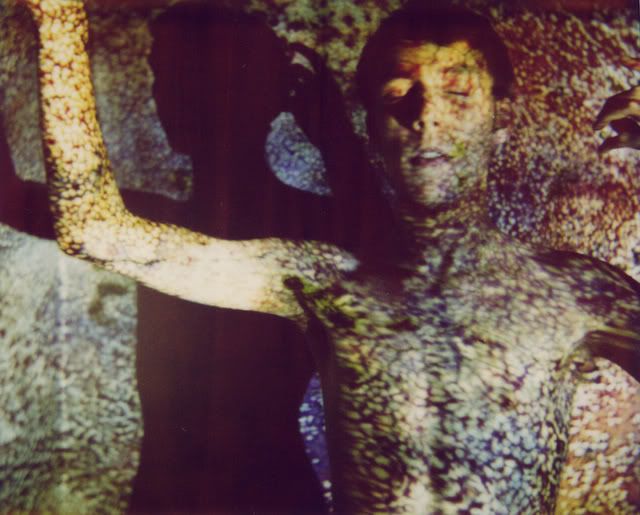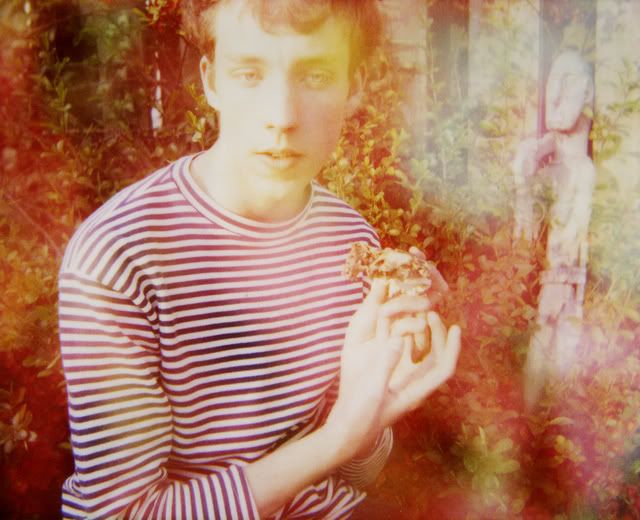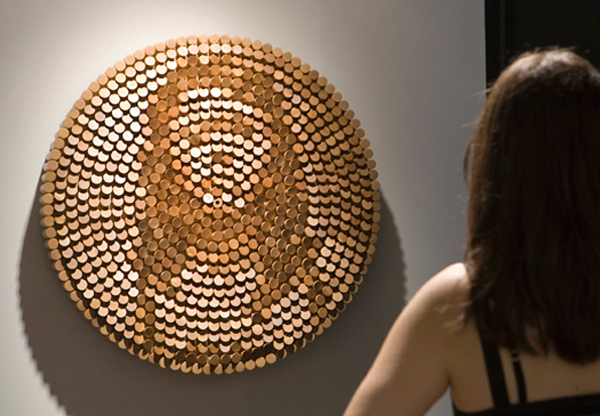
While drawing this weekend at RISD, I had numerous kids come up to peak at what I was drawing. Working in the Buddah Room, a little boy walked in, saw me, and came right over to peer at my work. As someone new to drawing, I'm learning a lot but still don't feel confident about my work. Instead of apologizing for my skills, I asked the boy "does it look like him?" and he enthusiastically answered yes. It was a wonderfully little moement!
It got me thinking about the value of sharing art and our work, and what happens when a piece of work becomes public. How does it increase the value of a piece to share it, and what can it do to those who witness it?
This lead me to my choice for the open blog post - a 2005 portrait of students from New Urban Arts, an arts mentoring program for Providence public high school kids. I got involved my senior year of high school doing photo, and feel in love with this amazing organization that provides free art supplies, guidance, and so many resources to help high schoolers develop their own creative practices. This photo series, an annual tradition, hung on the wall the whole year I was there. They have made new ones each year since (
http://www.flickr.com/photos/newurbanarts/sets/).
In this case, I hope to share this piece of art to tell all of you to this wonderful organization and to learn about the great work they are doing.
Check them out at:
http://newurbanarts.org/index.html

















































